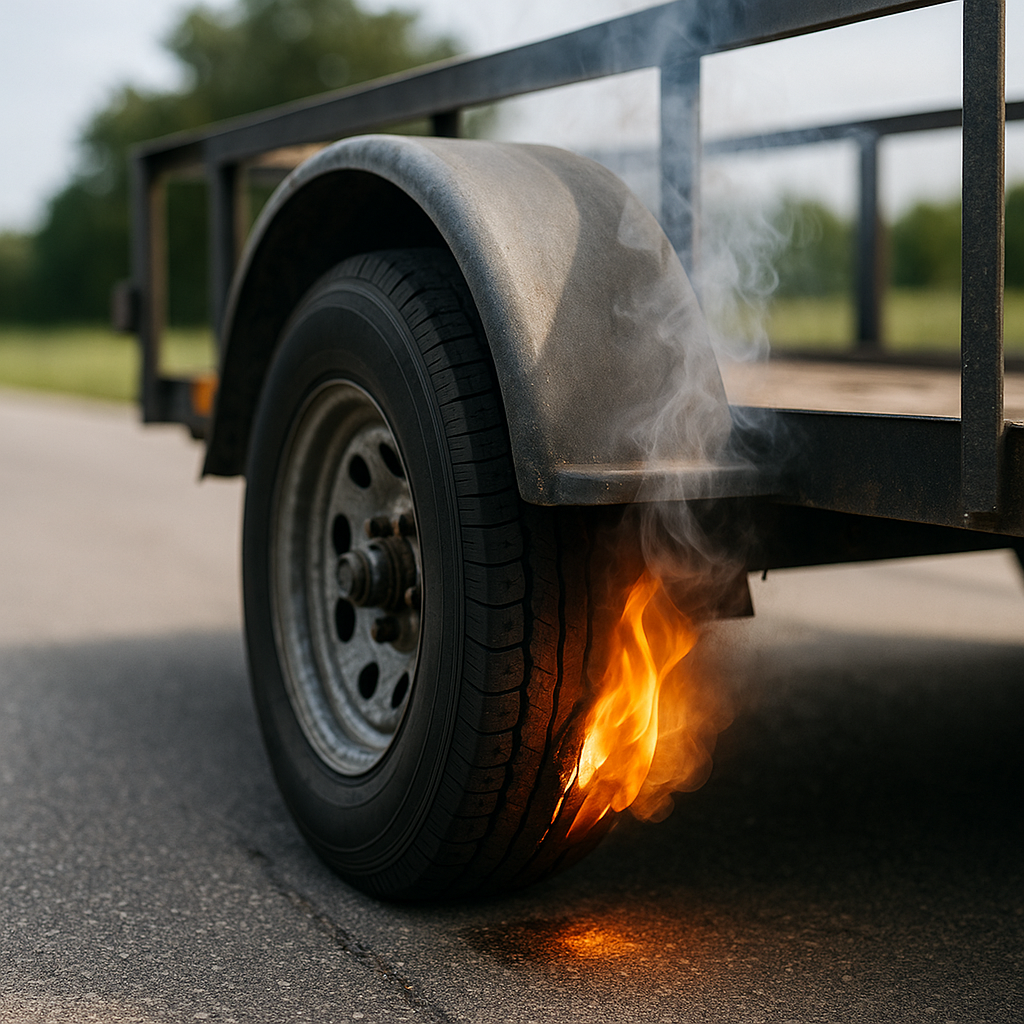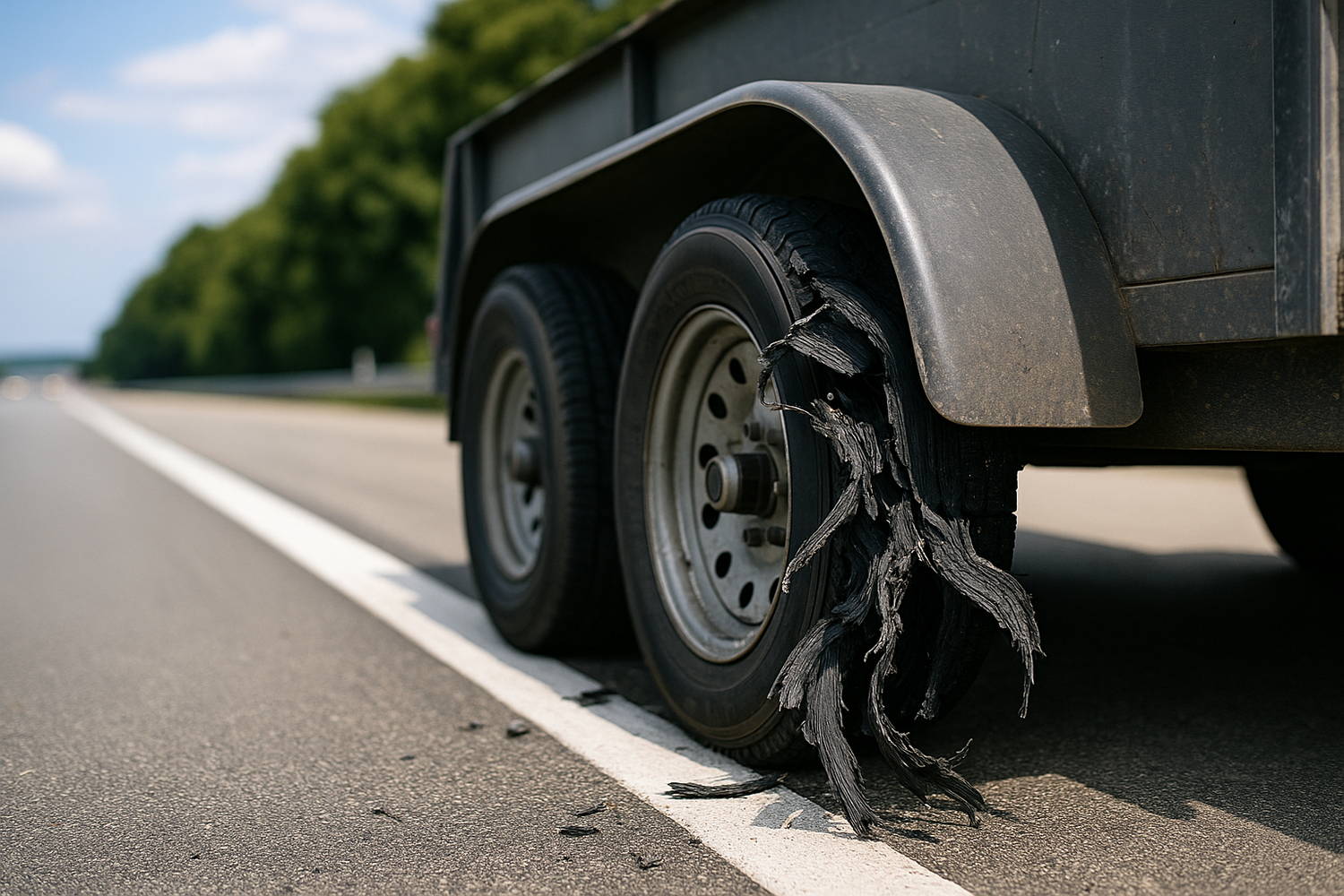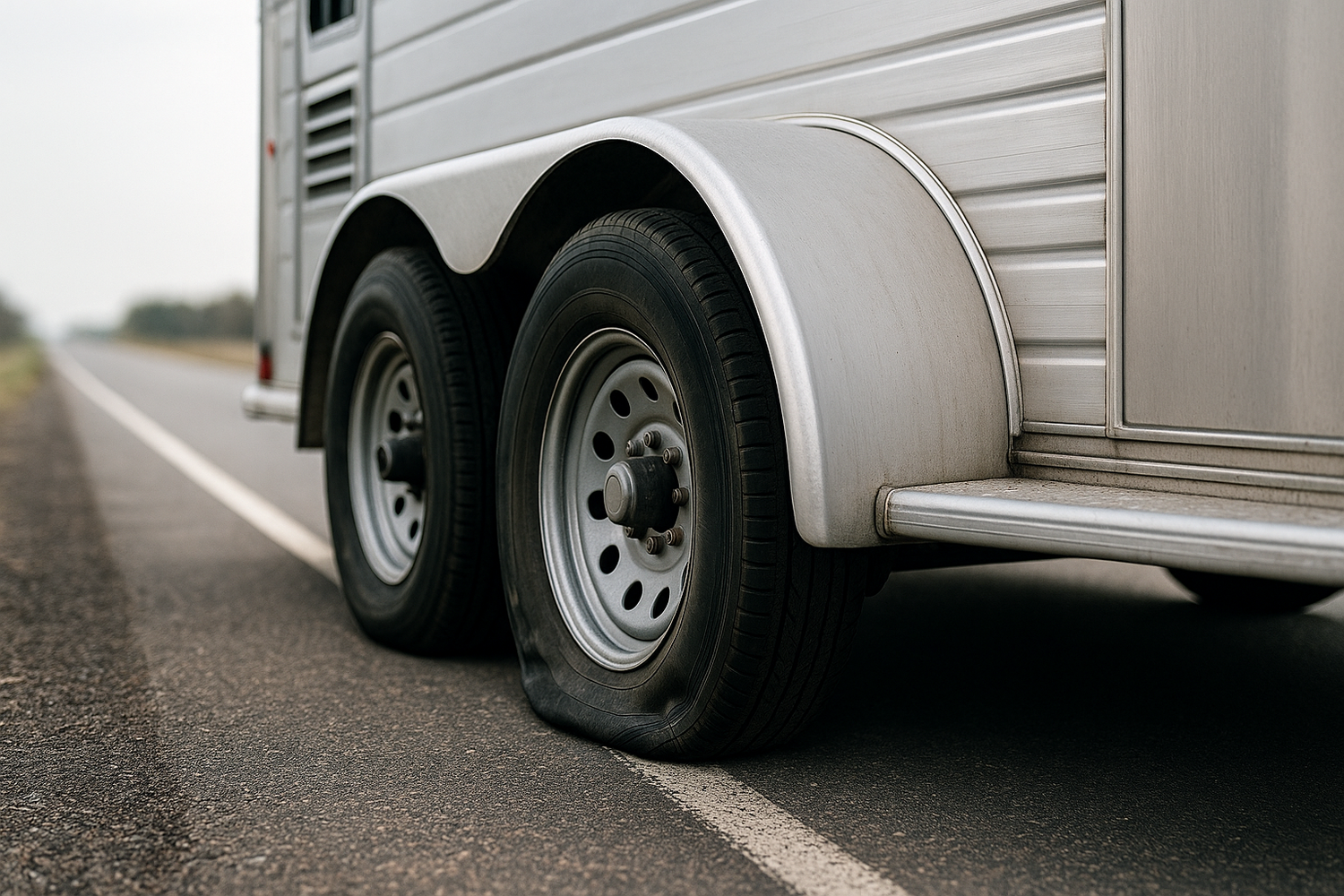Tire pressure monitoring systems (TPMS) are essential tools designed to enhance the safety and performance of trailers. These systems continuously monitor the tire pressure, alerting the driver to any significant changes that could lead to potential failures or hazardous situations. By providing real-time data on tire pressure, they help ensure that tires are operating within optimal parameters.
Understanding the importance of a tire pressure monitoring system for trailers can significantly reduce the risks associated with under-inflated or over-inflated tires. Here are some key aspects to consider:
- Real-Time Monitoring: TPMS offers real-time data, allowing drivers to receive immediate notifications when tire pressure drops below or exceeds recommended levels.
- Enhanced Safety: By preventing tire blowouts and maintaining optimal tire conditions, TPMS contributes to overall trailer safety on the road.
- Extended Tire Life: Proper tire pressure not only improves safety but also extends the lifespan of the tires, leading to cost savings on replacements.
- Fuel Efficiency: Maintaining correct tire pressure can enhance fuel efficiency, as under-inflated tires increase rolling resistance, causing engines to work harder.
Equipping your trailer with a reliable TPMS can transform it into a smart trailer, capable of alerting you to tire issues before they escalate. Tow with peace of mind, knowing that trailerwatchdog is standing guard. Visit trailerwatchdog.com to learn more about our innovative monitoring solutions.
Benefits of Tire Pressure Monitoring Systems in Trailers

The implementation of a tire pressure monitoring system (TPMS) in trailers offers a multitude of benefits that go beyond mere convenience. These advantages not only enhance the safety of the trailer but also contribute to its long-term efficiency and performance. Understanding these benefits can help trailer owners make informed decisions about their equipment.
Here are some of the key benefits of using a tire pressure monitoring system for trailers:
- Improved Safety: A TPMS reduces the risk of tire blowouts and accidents by alerting drivers to low tire pressure, allowing for timely corrective actions.
- Cost-Effective: By maintaining optimal tire pressure, trailer owners can avoid premature tire wear and the associated costs of frequent replacements.
- Increased Fuel Efficiency: Properly inflated tires decrease rolling resistance, leading to better fuel economy. This is particularly crucial for long-distance hauls.
- Maintenance Alerts: Many TPMS units provide alerts for necessary tire maintenance, ensuring tires are in good condition and extending their lifespan.
- Enhanced Performance: Optimal tire pressure helps maintain better traction and handling, which is critical when towing heavy loads.
Incorporating a TPMS not only enhances the operational reliability of trailers but also provides peace of mind for the driver, knowing that the tires are consistently monitored and maintained at ideal levels.
How Tire Pressure Monitoring Systems Work for Trailers

Understanding how a tire pressure monitoring system (TPMS) works is essential for trailer owners who wish to optimize their safety and performance. These systems are designed to continuously monitor the air pressure within the trailer's tires, providing real-time data that can help prevent tire-related issues.
A typical TPMS for trailers operates using the following components:
- Pressure Sensors: These sensors are mounted on each tire, either as part of the valve stem or inside the tire. They measure the tire's air pressure and temperature, sending this data wirelessly to the monitoring system.
- Control Module: This is the brain of the TPMS. It receives data from the sensors and processes it, determining whether the tire pressure is within the safe range. If the pressure drops below a certain threshold, the control module triggers an alert.
- Display Unit: Many TPMS setups include a display unit that provides real-time readings of tire pressure and temperature. This unit can be mounted in the driver's cabin, allowing for easy monitoring while on the road.
When tire pressure falls below the recommended levels, the TPMS sends an alert through audible signals or visual warnings on the display unit, prompting the driver to take corrective actions. Some advanced systems even allow for remote monitoring through smartphone apps, providing additional convenience.
By understanding how these systems function, trailer owners can effectively utilize a TPMS to maintain tire health and safety.
Choosing the Right Tire Pressure Monitoring System for Trailers
Choosing the right tire pressure monitoring system for trailers is crucial to ensure optimal performance and safety. With various options available on the market, it's essential to consider several factors before making a decision.
Here are some key aspects to evaluate when selecting a TPMS:
- Compatibility: Ensure that the TPMS you choose is compatible with your trailer type and tire specifications. Some systems are designed specifically for certain axle types or tire sizes, so check the manufacturer's guidelines.
- Sensor Type: There are two main types of sensors: direct and indirect. Direct sensors measure the actual tire pressure and temperature, while indirect systems estimate pressure based on wheel speed data. Direct systems tend to be more accurate and reliable.
- Monitoring Range: Consider the monitoring range of the system. Some TPMS can monitor multiple axles and tires simultaneously, while others may be limited to fewer tires. A system that can cover your entire trailer is preferable.
- Alerts and Notifications: Look for a TPMS that offers customizable alerts, such as visual or audible warnings, to notify you of pressure changes. Advanced systems may also provide smartphone notifications, allowing for real-time updates.
- Installation and Maintenance: Evaluate the ease of installation and whether the system requires professional assistance. Additionally, consider the maintenance needs of the sensors and the overall system.
By taking these factors into account, you can select a TPMS that best suits your trailer's requirements, ensuring enhanced safety and performance on the road.
Installation Process of Tire Pressure Monitoring Systems on Trailers

The installation process of tire pressure monitoring systems on trailers is a vital step in ensuring that your trailer benefits from enhanced safety and performance. While some systems can be installed by DIY enthusiasts, others may require professional installation. Here’s a step-by-step guide to help you understand the basic installation process:
- Gather Necessary Tools: Before starting the installation, ensure you have all the required tools. Typically, you will need a wrench, screwdriver, and possibly an air compressor for tire adjustments.
- Prepare the Tires: Inflate the tires to the recommended pressure as indicated on the trailer's placard. This step is essential for accurate monitoring.
- Install the Sensors: For direct TPMS, remove the valve stem caps from each tire and replace them with the sensors. Ensure the sensors are securely attached and properly tightened to avoid air leaks. If you're installing a system with external sensors, they will typically screw onto the valve stems.
- Connect the Monitor: Most systems come with a display monitor that can either be mounted on the dashboard or plugged into a power source. Follow the manufacturer's instructions to connect the monitor to the sensors. Some systems may require you to pair the monitor with the sensors via Bluetooth or another wireless connection.
- Test the System: Once everything is installed, conduct a test to ensure that the system is functioning correctly. Check that the monitor displays accurate tire pressures and temperatures. If there are any discrepancies, double-check the installation of the sensors.
- Regular Maintenance: After installation, it is essential to regularly check the system and the sensors to ensure they are functioning properly. Replace batteries in sensors as needed and monitor any alerts for tire issues.
By following these steps, you can successfully install a tire pressure monitoring system on your trailer, ensuring safety and optimal performance on your journeys.
Maintaining Your Tire Pressure Monitoring System for Trailers

To ensure the longevity and reliability of your tire pressure monitoring system for trailers, regular maintenance is crucial. By following a few simple practices, you can keep your system running smoothly and effectively safeguard against potential tire issues.
- Regularly Check Battery Levels: Many tire pressure sensors are battery-operated. Periodically check and replace the batteries to ensure consistent performance. Some systems may have a low battery indicator on the monitor.
- Inspect Sensor Integrity: Examine the sensors for any visible damage or wear. Ensure they are securely attached to the valve stems and free from dirt or debris. Any obstruction can affect the sensors' ability to relay accurate data.
- Calibrate the System: If you notice any discrepancies in tire pressure readings, recalibrate the system according to the manufacturer's guidelines. This is essential after replacing tires or sensors.
- Monitor Tire Pressure Regularly: Even with a TPMS, it's a good practice to manually check tire pressures every month, especially before long trips. This helps you catch any problems that the system might miss.
- Update Software: If your TPMS has a software component, ensure it is updated regularly to benefit from the latest improvements and features.
By incorporating these maintenance tips into your routine, you can enhance the effectiveness of your tire pressure monitoring system and ensure your trailer remains safe on the road. Tow with peace of mind, knowing that trailerwatchdog is standing guard.








